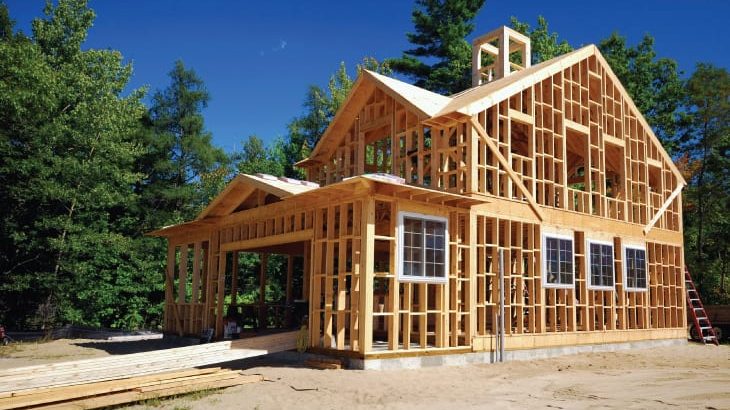Before proceeding with restoration or maintenance work on a structure, it is essential to carry out a diagnosis to better understand the structure’s design. To know how the diagnosis of structures is carried out, read this article.
What Is a Structure Diagnosis?
The diagnosis of structures is a study of the pathologies of the structures to be restored. This study consists of the analysis of the processes likely to cause damage or disorders. It is based on precisely examining the elements that constitute the work. It can concern materials such as wood, stone, or concrete but also floors, walls, frames, etc. Basically, it is a study carried out before the restoration work, which will allow avoid making errors of appreciation. Also, even if the techniques and the scientific investigation tools are very sophisticated, they are not enough to carry out this work. Human expertise is also necessary.
What Are the Steps to Follow to Make a Diagnosis?
Documentary Research
The diagnosis concerns not only classified and registered monuments but also a vast group of buildings, such as rural churches built over a century ago, different types of buildings. To be able to restore these historical monuments, it is necessary to have an overall view by taking into account their environment. A building cannot be extracted from its context; this is why the study phase begins with a documentary or historical research. It allows to recover plans of the building and to know the extensions realized with time.
Visual Inspection
Once the research is completed, it is necessary to make a visual observation. Its main objective is to know the general situation of the building. This phase is crucial because it allows us to become aware of the different structural constraints that threaten specific structures, depending on the nature of their use. This step will enable us to get an overview of the structure: the situation of the surroundings, the possible unevenness, the presence of buried structures, and the masonry (state of the joints, walls, etc.). Any anomalies perceived will be immediately reported on a plan. However, working with a model for particularly complex structures may be helpful.
On-Site Testing
Generally, the observation phase is followed by non-destructive tests performed in situ. These tests allow a first approach to analyzing the structure with the possibility of using multiple methods. Electromagnetic methods such as radar are used to analyze the different layers of masonry. Methods based on the measurement of the sound propagation speed allow mapping the quality of the materials in place. The objective of these tests is to be able to take numerous measures to establish a complete diagnosis of a structure.
Diagnosis Without Damage
Pathological diagnosis: this is a verification of the condition of infrastructure. Pathology is defined as elements that can alter the materials that structure a structure. The latter is said to be in good condition if there is no pathology of the materials used. The strategic diagnosis, therefore, consists of an analysis of the materials’ quality to ensure the work’s durability.
Structural diagnosis: to ensure a structure’s safety, its structure quality must be considered. This step consists in searching for mechanical defects and determining the bearing capacity of the structure and its fire resistance. The expert can eventually use laboratory analyses.
Thanks to all these elements, it is possible to define a treatment method to proceed to the restoration of the structure.



















